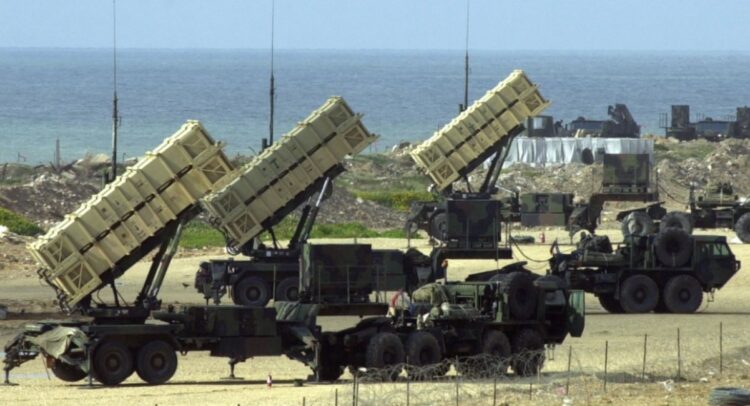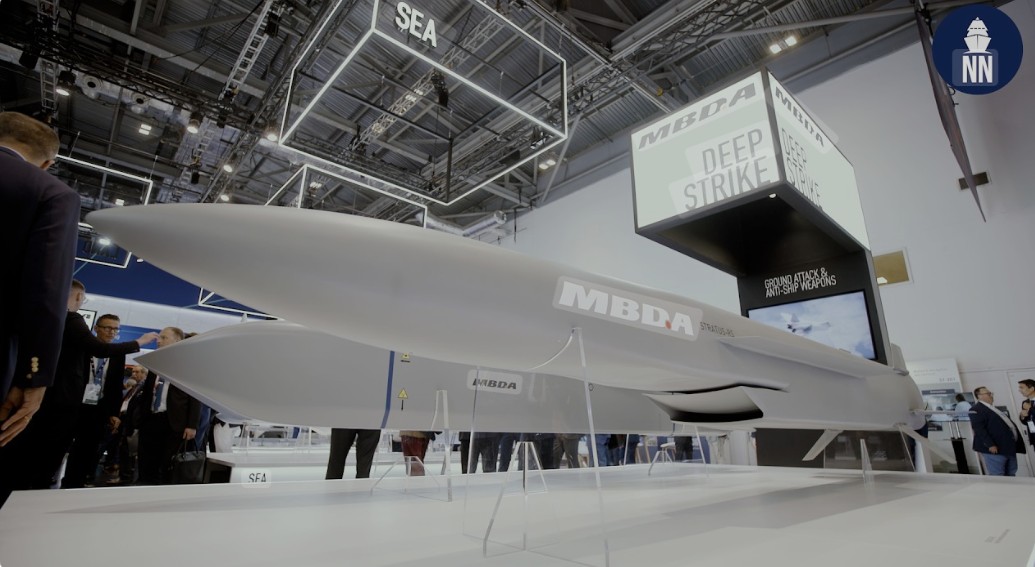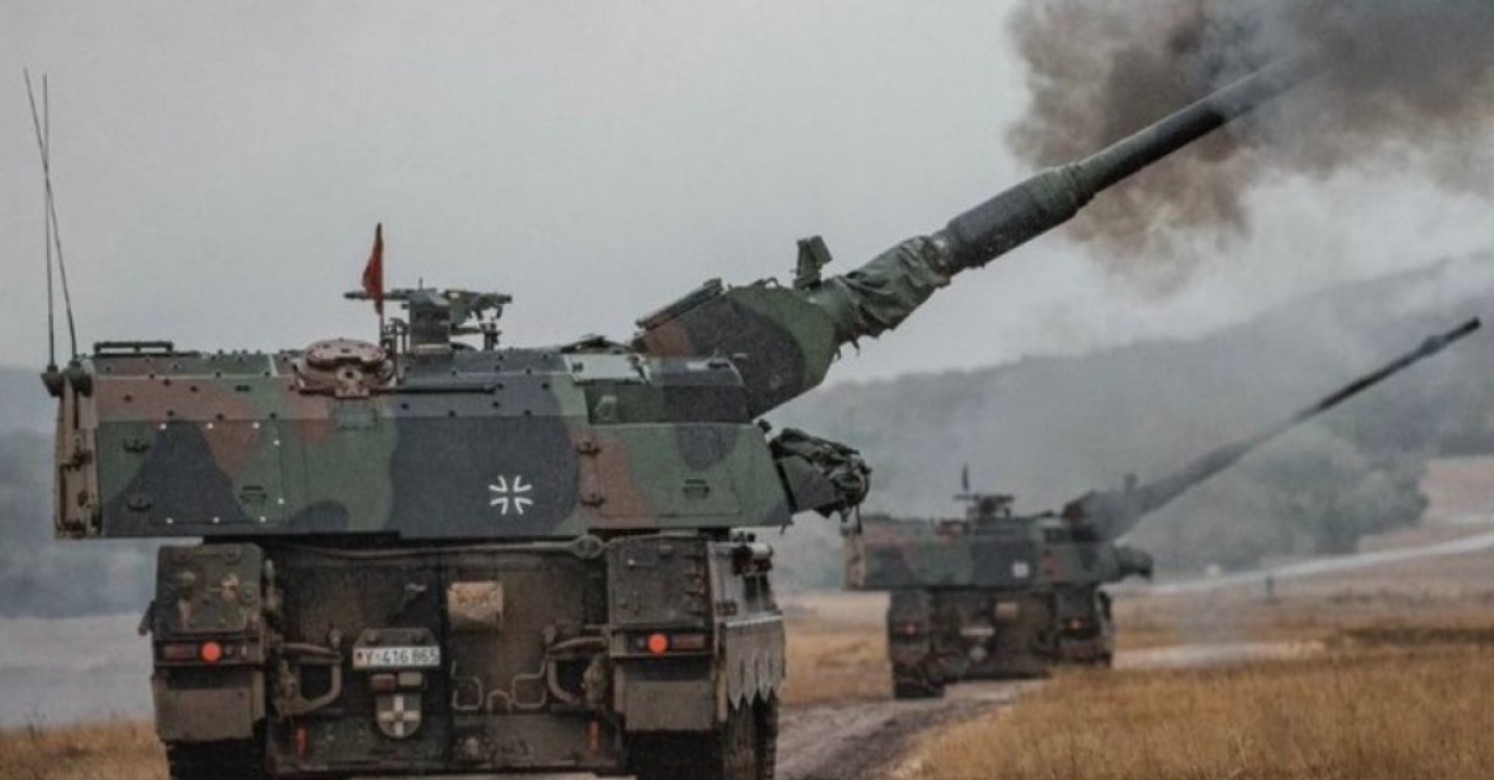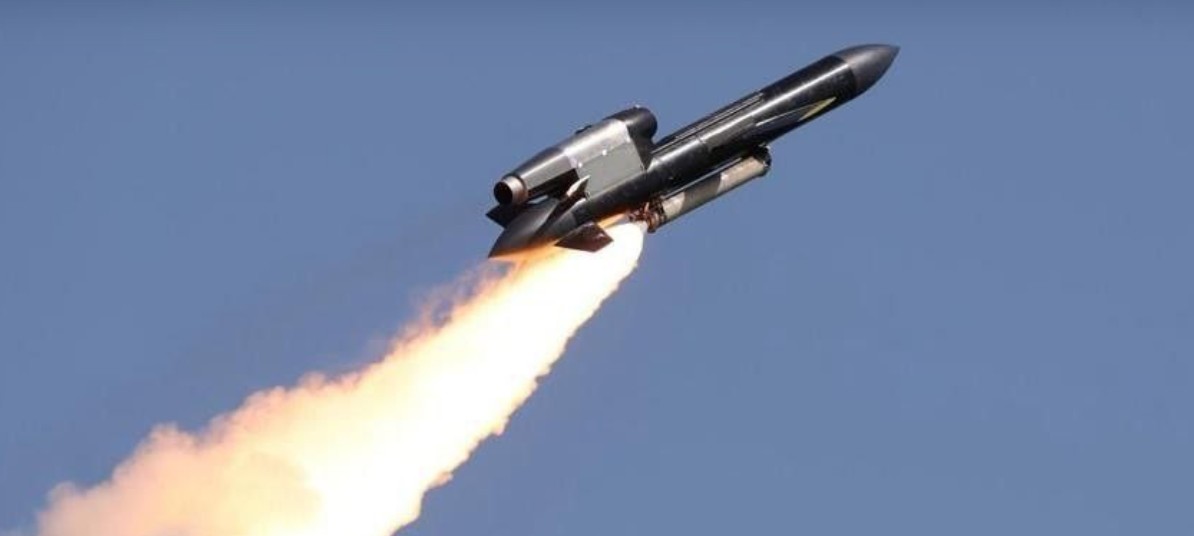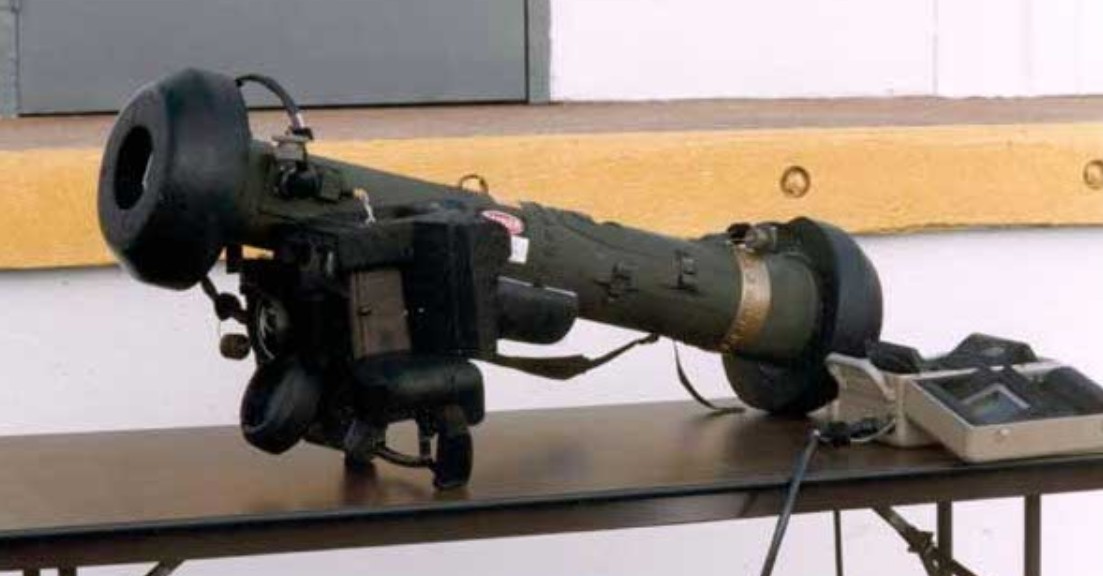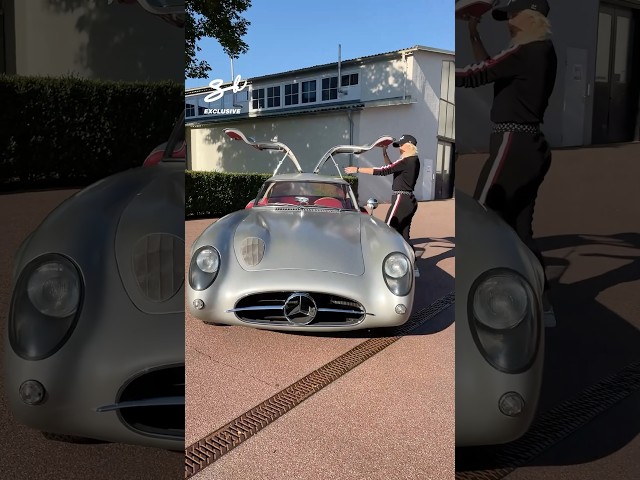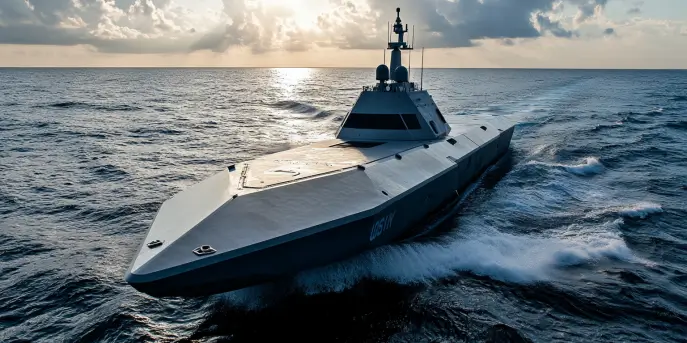The S-400 Triumph and the MIM-104 Patriot are two of the most advanced air and missile defense systems in the world, each with its own strengths and strategic advantages. As global security concerns rise, the comparison between these two systems has become more relevant than ever, particularly regarding their mobility, tracking capabilities, range, and cost.
Overview of the Systems
Both the S-400 and the Patriot systems are designed for air defense and ballistic missile defense (ABM), capable of intercepting threats from enemy aircraft and short to intermediate-range missiles. However, they differ significantly in design philosophy and deployment.
Mobility
S-400 Mobility: The S-400 system is designed to be highly mobile, with each component mounted on all-terrain vehicles. This mobility allows it to be deployed quickly and repositioned as needed, offering strategic flexibility. Its transport-erector-launcher vehicles, command posts, and radar stations can be moved swiftly, making the S-400 suitable for dynamic battlefield conditions.
Patriot Mobility: The Patriot system, while also mobile, is somewhat less flexible compared to the S-400 due to heavier equipment. Its components, including the Launcher platforms and AN/MPQ-53 radar set, can be deployed and prepared for operational status within hours, but its more significant logistical footprint makes it less nimble than the S-400.
Tracking Capabilities
S-400 Tracking: The S-400 is equipped with the advanced radar system 91N6E, capable of tracking up to 300 targets simultaneously. It integrates even more powerful, long-range radar for early warning and tracking that enables it to engage targets at various distances effectively. The system also benefits from a command post capable of linking to external radar support for enhanced situational awareness.
Patriot Tracking: The Patriot system uses the AN/MPQ-65 radar, a phased array system that can track over 100 potential targets. While regarded as advanced, it is generally considered slightly less capable in terms of simultaneous multi-target tracking compared to the S-400, given the operational philosophies behind the systems.
Range
S-400 Range: The standout feature of the S-400 is its range. The system can engage targets at distances up to 400 km, primarily with the help of the 40N6E missile, giving it a considerable scope that allows engagement before targets approach closer to sensitive areas. This range enhances the strategic deterrence capability of the S-400.
Patriot Range: The Patriot system, specifically with its PAC-3 missiles, is designed primarily for shorter-range targets, typically up to around 160 km. While shorter than the S-400, the Patriot excels in precision targeting, optimized for intercepting inbound threats at closer ranges with high probability of success.
Cost
The cost of deploying these systems varies significantly.
| System | Estimated Cost (USD) |
|---|---|
| S-400 | Approximately 500 million for a regiment |
| Patriot | Approximately 1 billion for a battery |
S-400 Cost: The S-400 is generally regarded as a more cost-effective option per missile battery or regiment, especially considering its extensive range and advanced capabilities.
Patriot Cost: The Patriot system tends to be more expensive, reflecting its high-tech development, maintenance requirements, and the often tailored way it is deployed in various countries.
Strategic Implications and Operational Use
The choice between the S-400 and Patriot systems often reflects strategic priorities and international alliances. Nations closer to the influence of NATO and the US are more inclined towards the Patriot system, while others may prefer the S-400 for its broader range and cost-effectiveness.
For instance, Turkey’s procurement of the S-400 led to significant geopolitical ramifications, affecting its standing within the NATO alliance. Similarly, other nations consider the political dimensions associated with these defense purchases.
In conclusion, while both the S-400 and Patriot systems are leaders in the air and missile defense sector, choosing between the two involves weighing mobility, tracking precision, range, and cost along with strategic alliances and specific defense goals.
